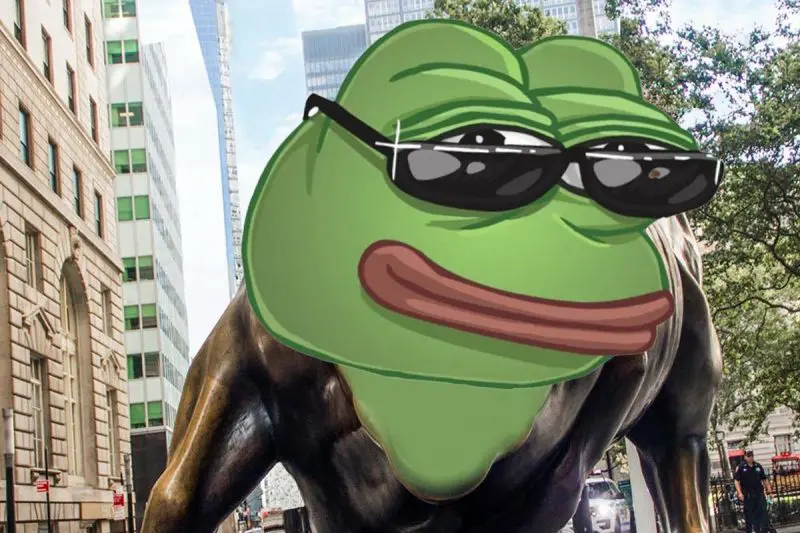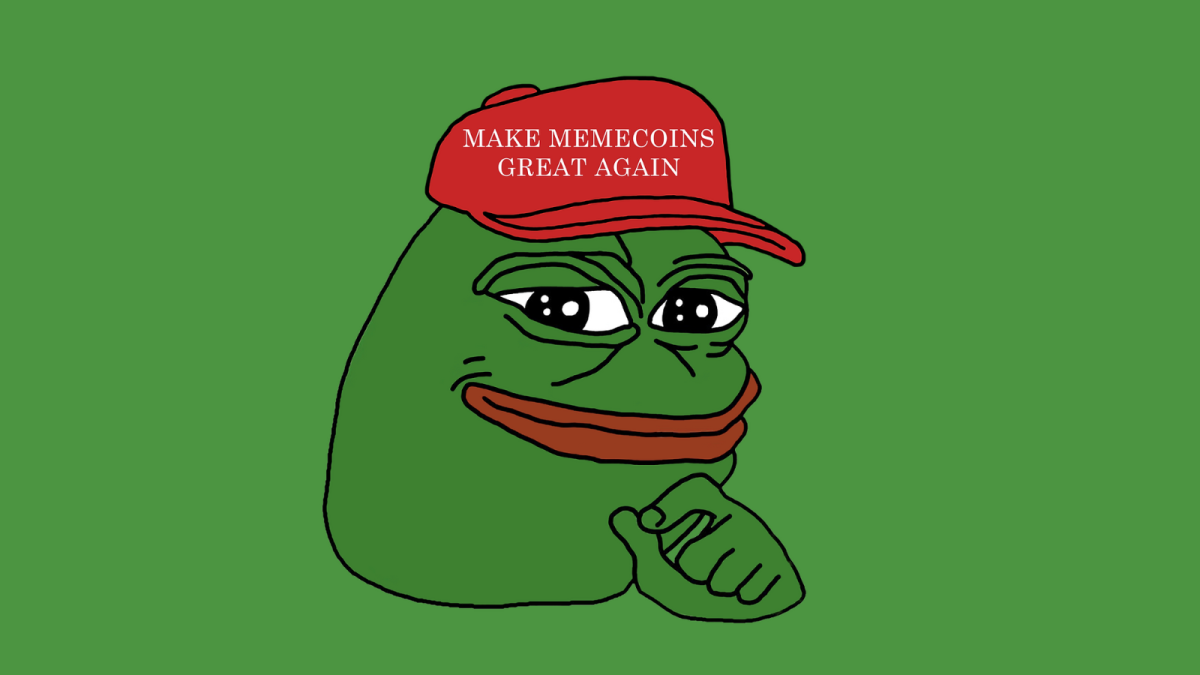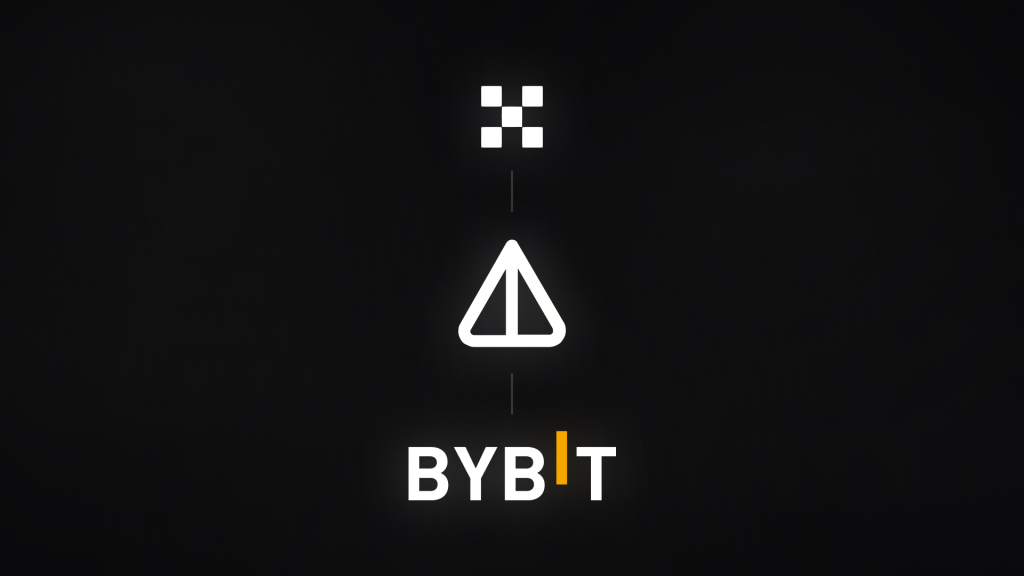PEPE, also known as Pepe Coin, is a cryptocurrency that was created as a tribute to the popular internet meme Pepe the Frog. It is a deflationary memecoin that runs on the Ethereum blockchain. PEPE was launched in mid-April 2023 and has seen a huge surge in price and popularity since then. It reached an all-time high of $0.000004354 on May 5, 2023, and has a market cap of over $300 million as of September 2, 2023.
PEPE is not a serious cryptocurrency, but rather a fun and experimental project that aims to capitalize on the popularity of meme coins, like Shiba Inu and Dogecoin, and strives to establish itself as one of the top meme-based cryptocurrencies. PEPE has a loyal and enthusiastic community of fans who use it to buy and sell rare pepe cards, tip each other on social media, and support various causes and charities. PEPE also has a humorous and irreverent culture that mocks the seriousness and greed of the crypto industry.
However, despite its playful nature, PEPE has also attracted some attention from investors and speculators who wonder if it could ever reach $1 in value. As of September 2, 2023, PEPE is trading at $0.0000007891, which means it would need to increase by more than 114 million% to reach $1. How likely is this scenario? What are the factors that could influence PEPE’s price? What are the challenges and risks that PEPE faces? These are some of the questions that we will try to answer in this article.

What are the chances of PEPE reaching $1?
To estimate the probability of PEPE reaching $1, we need to consider two main factors: its market capitalization and its demand and supply. Market capitalization is the total value of all the coins in circulation. It is calculated by multiplying the price by the supply. Demand and supply are the forces that determine the price in the market. Demand is the amount of coins that people want to buy at a given price. Supply is the amount of coins that people want to sell at a given price.
Let’s start with market capitalization. If PEPE reaches $1, its market cap would be equal to its total supply, which is 420 trillion tokens. This means that PEPE would have a market cap of $420 trillion, which is more than 4 times the size of the global economy. This is an absurdly high number that is very unlikely to happen in reality. For comparison, Bitcoin, the largest cryptocurrency by market cap, has a market cap of about $500 billion as of September 2, 2023. Even if PEPE surpasses Bitcoin in market cap, which is already a very optimistic assumption, it would still need to grow by more than 1000 times to reach $1.
Next, let’s look at demand and supply. If PEPE reaches $1, it means that there is enough demand for it at that price level. This means that people are willing to pay $1 for each PEPE token, regardless of how many tokens are available in the market. This implies that PEPE has a very high utility and value proposition that makes it attractive to buyers. However, this is not very realistic either. PEPE is a memecoin that does not have any intrinsic value or functionality beyond being a medium of exchange and a source of entertainment. It does not offer any innovative or competitive advantage over other cryptocurrencies or payment systems. It does not have any strong fundamentals or technical features that support its growth or adoption. It does not have any clear roadmap or vision for its future development or improvement.
On the other hand, if PEPE reaches $1, it also means that there is enough supply for it at that price level. This means that people are willing to sell their PEPE tokens for $1 each, regardless of how many tokens they have or how much they paid for them. This implies that PEPE has a very low scarcity and loyalty factor that makes it unappealing to holders. However, this is not very realistic either. PEPE is a deflationary memecoin that has a burning mechanism and a redistribution system that reduce its supply and reward its holders. Every transaction burns 1% of the transferred amount and redistributes 2% to the existing holders. This means that PEPE’s supply decreases over time and its holders receive passive income from holding it. This creates an incentive for people to hold PEPE for longer periods of time and to buy more PEPE to increase their share of the redistribution. This also creates a disincentive for people to sell PEPE for lower prices and to lose their share of the redistribution.
Therefore, based on these two factors, we can conclude that the probability of PEPE reaching $1 is very low, if not impossible. It would require a massive increase in market capitalization that is unrealistic and unsustainable. It would also require a huge imbalance in demand and supply that is irrational and contradictory. It would defy the laws of economics and the nature of memecoins. It would be a miracle or a catastrophe, depending on your perspective.





